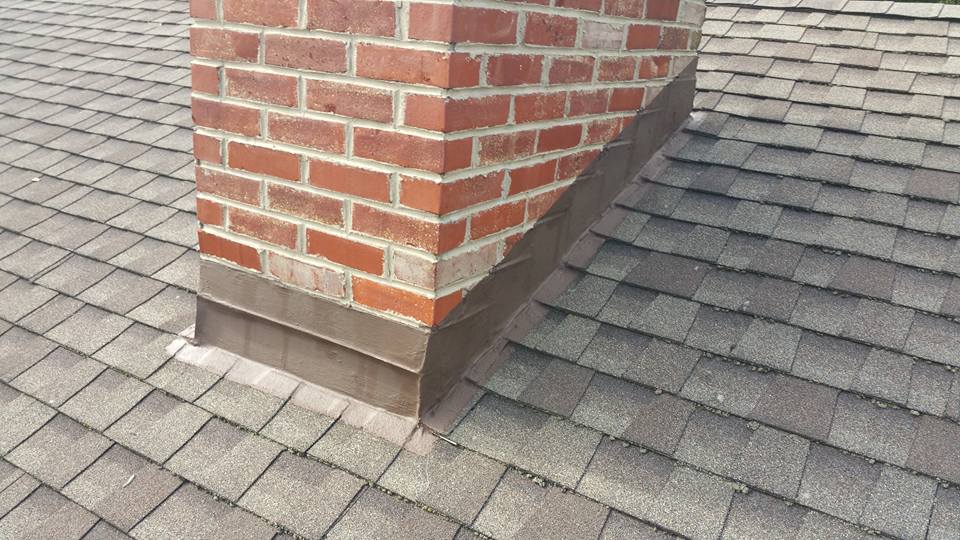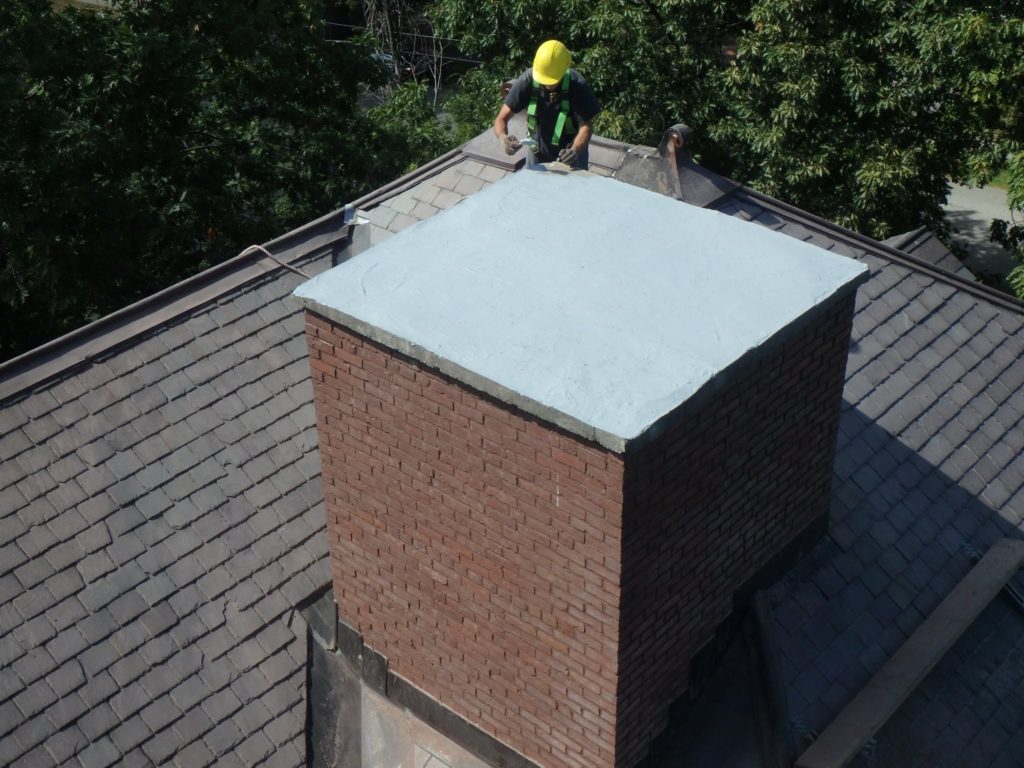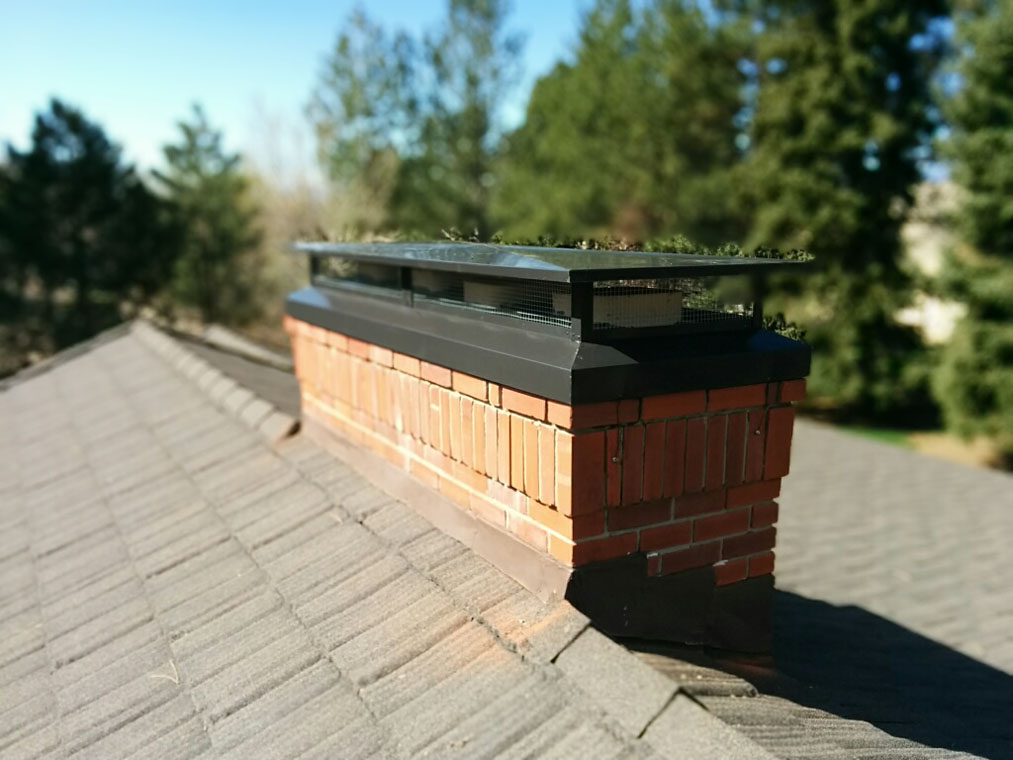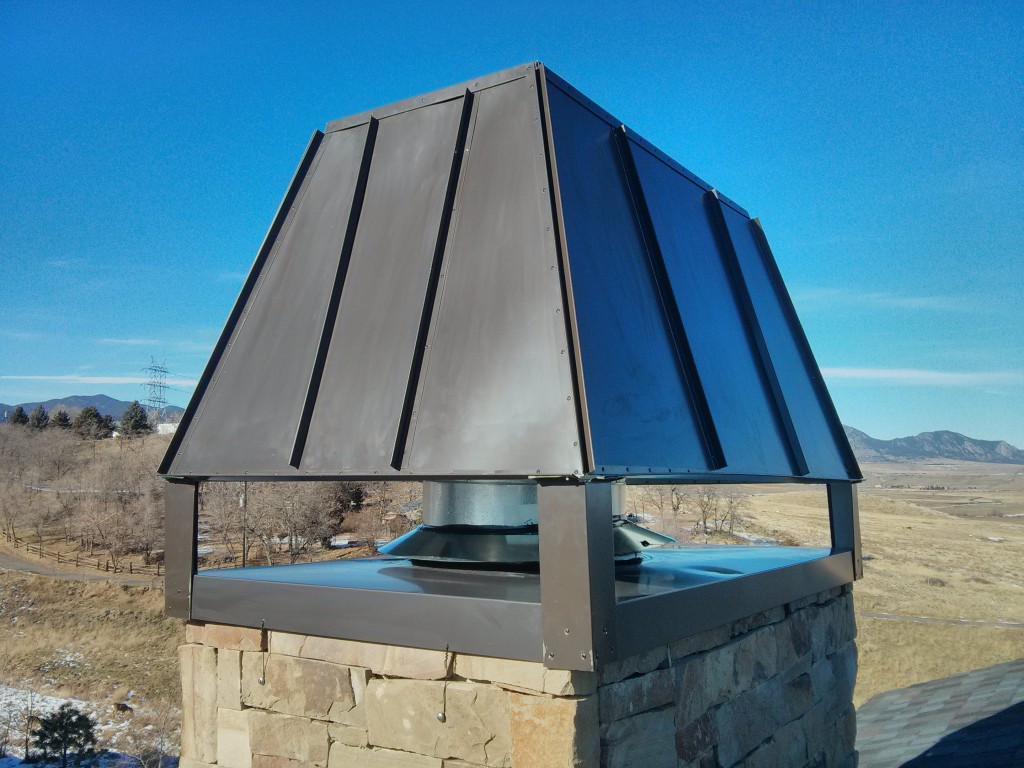The chimney is, by and large, a wonderful invention. It allows us to have a fire, and thus essentially heating, indoors, without running the major risk of our house burning down. Well, while that is still a major concern, modern chimneys have significantly reduced the risk of fire. This is why it’s important that we also do what we can to maintain our chimneys as safely as humanly possible.
Below, you will find some easy tips to improve the safety of your chimney and make sure your indoor fires don’t come with any additional danger.
- Inspect the chimney regularly.
It should be paramount for any home to conduct a chimney inspection at least once a year. This is when a professional comes to take a look at your chimney, and fix any little issues that need fixing. It’s a great opportunity to ensure your chimney is in proper working order, that there aren’t creatures or debris cluttering the insides of your chimney, and posing a fire hazard.
If the lining of the chimney has in some way become damaged this can seriously increase the risk of fire, the next time you light up the fireplace, so it’s important to ensure against that.
- Clean out your fireplace.
Cleaning the fireplace is a largely dreaded and unpleasant task, especially since you don’t usually see a notable difference once you’re done with this task. And even if you do, won’t it just get mucked up again?
Actually, regularly cleaning the fireplace limits the emissions of fire, and also saves on energy, improving future fire quality. It also helps the airflow out more easily, and thus gives you better combustion the next time to light a fire.
How often should you clean out your fireplace? Well, it generally depends on how often you’re using it, but we’d say it’s probably a good idea to clean out the fireplace at least twice a year. If you’re using it extensively (e.g. every day), you’ll probably want to clean it every few months or so.
- Install a chimney cap.
While many homeowners tend to overlook the importance of chimney caps, these actually shouldn’t be missing from any proper household. The idea behind the chimney cap is it keeps various things and critters from getting into your chimney.
First of all, a chimney cap works to protect your chimney from becoming a home for various wild animals, like squirrels, birds, and so on. The presence of these animals and their nests poses a serious fire hazard, and ought to be avoided at all costs.
A chimney cap also protects the inner lining of your chimney from the elements (rain, strong gusts of wind, etc.), which can decrease safety, and also pose a fire risk.
- Clean the chimney cap regularly.
Most chimney caps come with a wire mesh that sits atop the chimney. While this allows the fumes to rise out seamlessly, it can amass creosote, which can, in turn, make your home less energy-efficient, and increase flammability. This is why you’ll want to regularly clean your chimney cap, to maximize efficiency.
- Install smoke detectors.
Just as a safety precaution, it is prudent to install smoke detectors and carbon monoxide detectors throughout your home, to ensure everything is running smoothly. The trouble with fireplaces is that you may not at first detect something wrong in the atmosphere, and only become alerted to the fire when it is too late.
Professional detectors, like a chimney cap, will increase the value of your home, and also improve the safety of you and your loved ones.







About The Author: Chad murray
More posts by chad murray